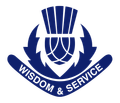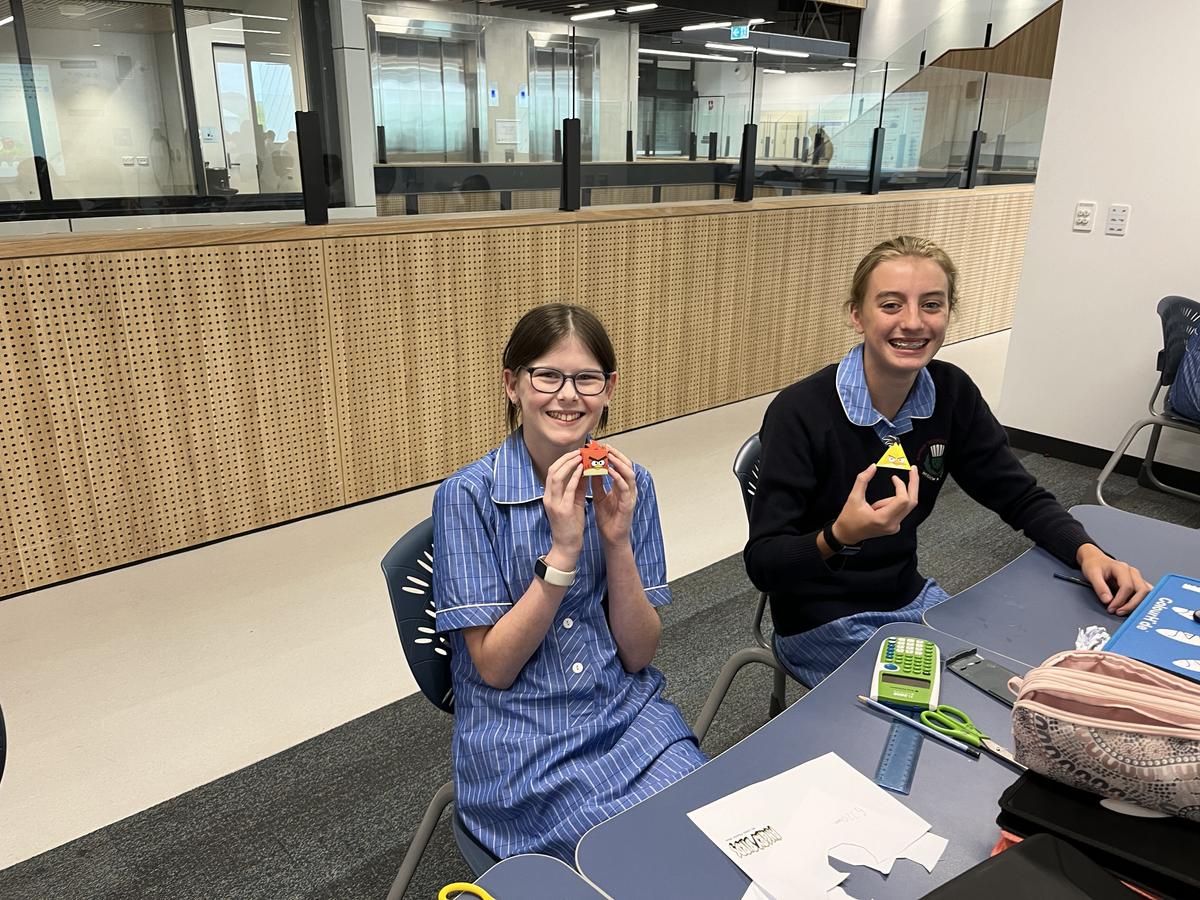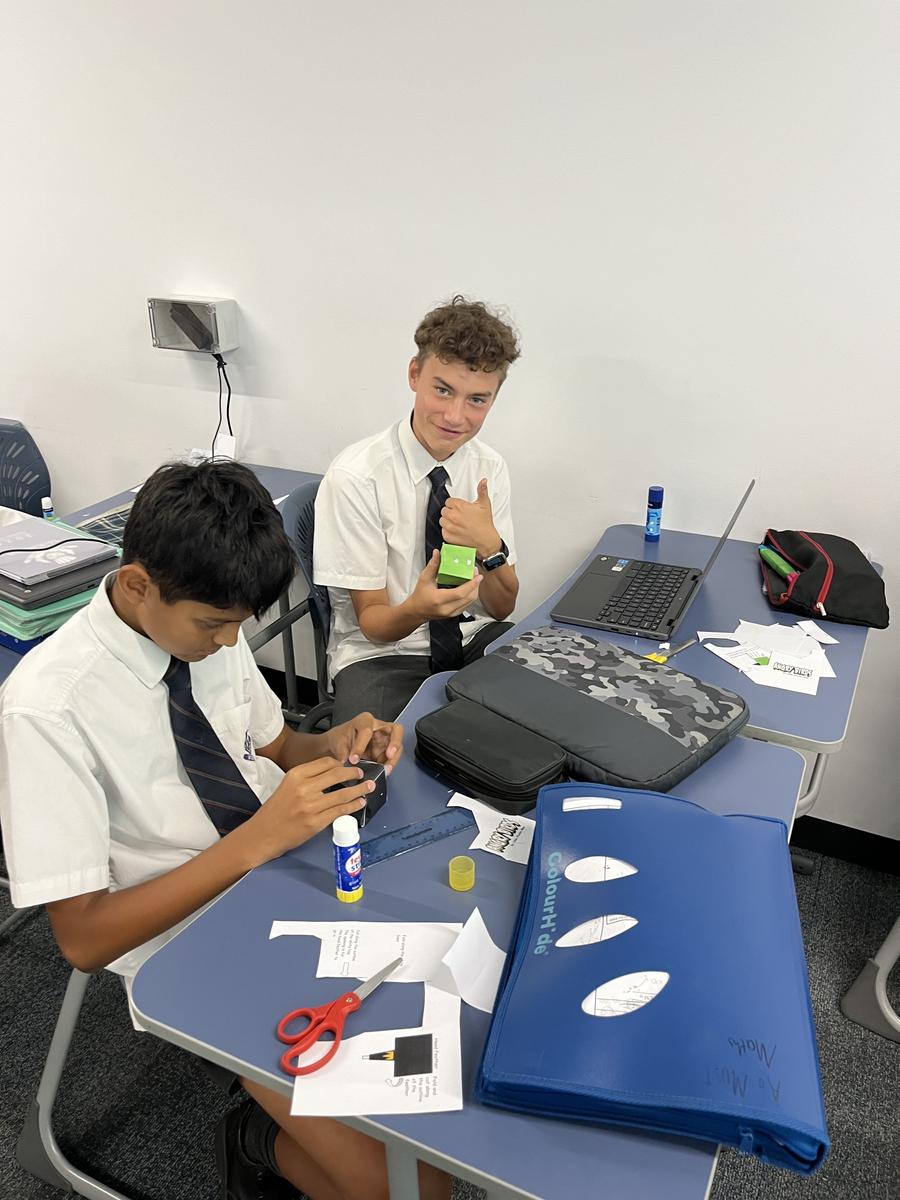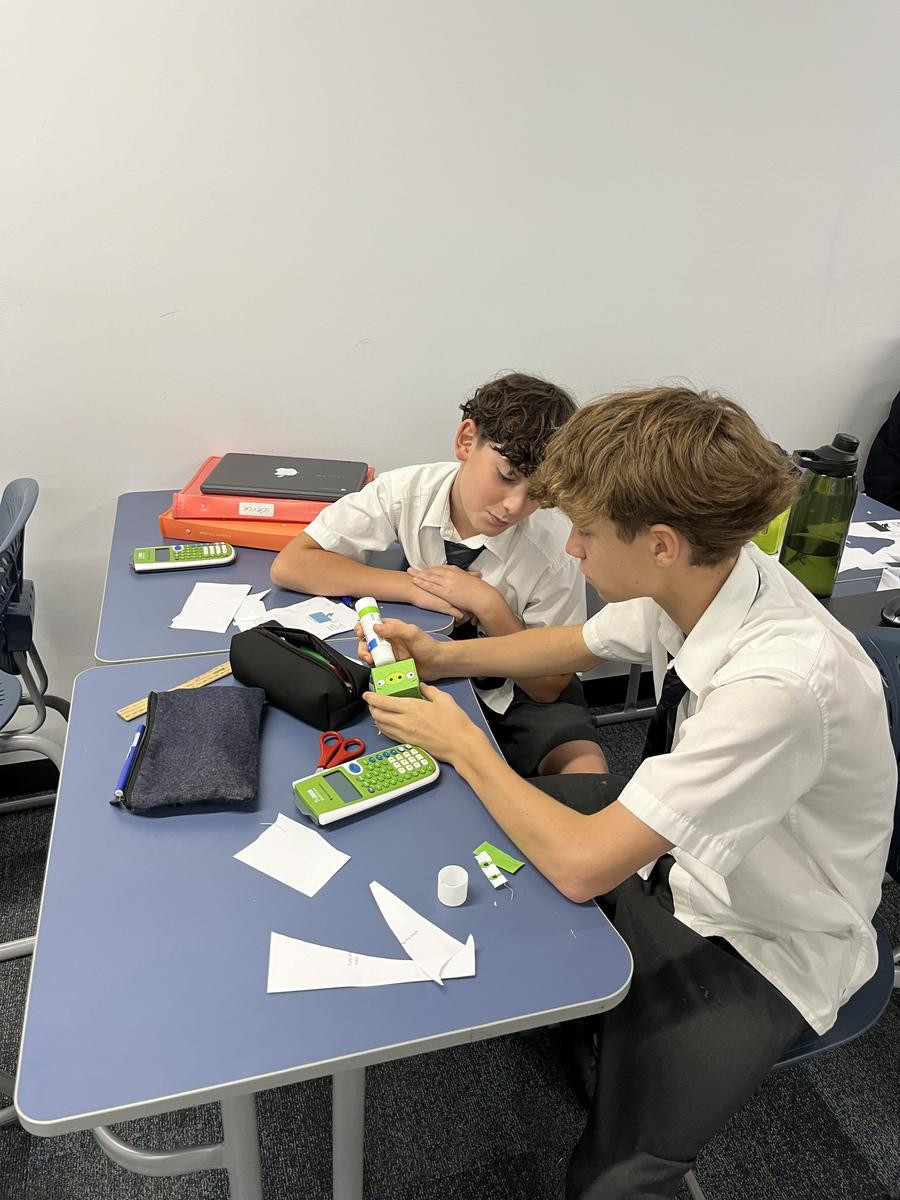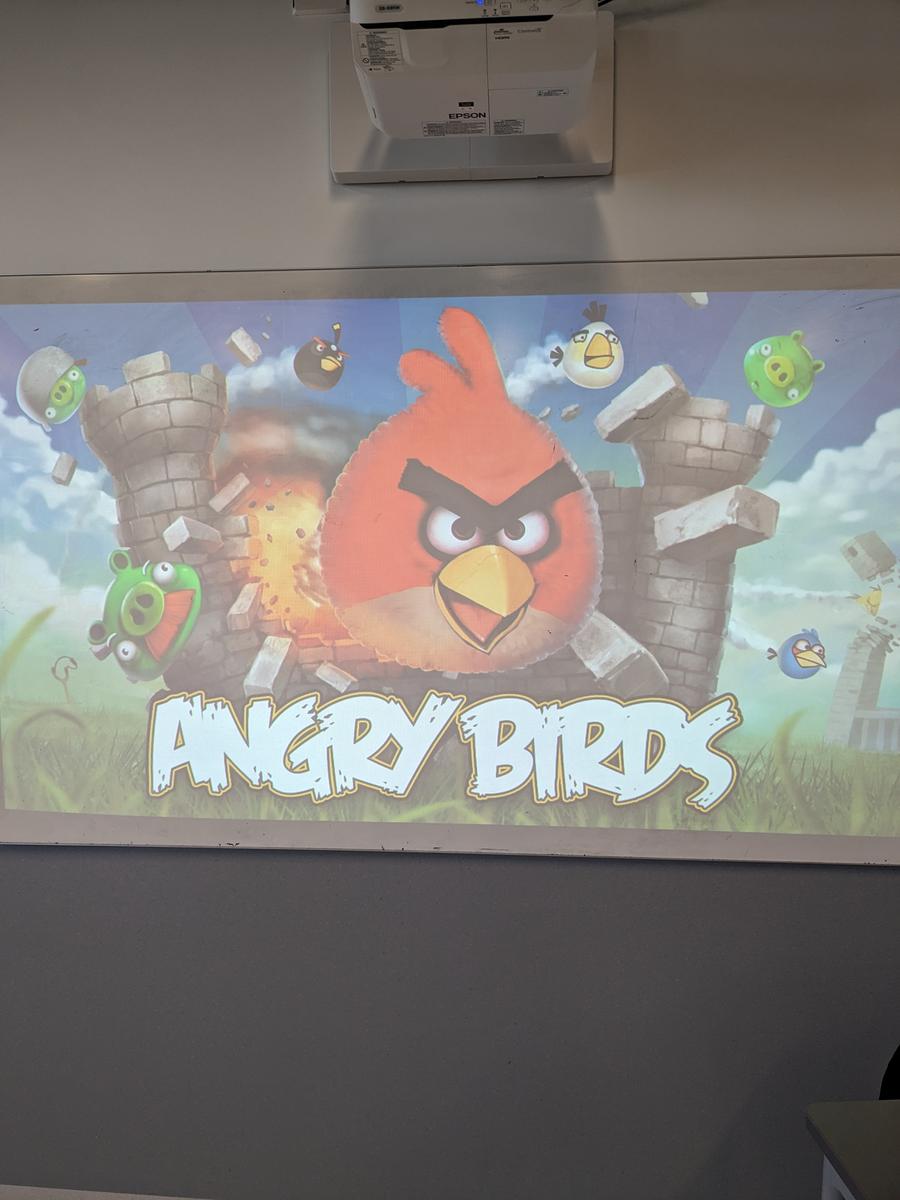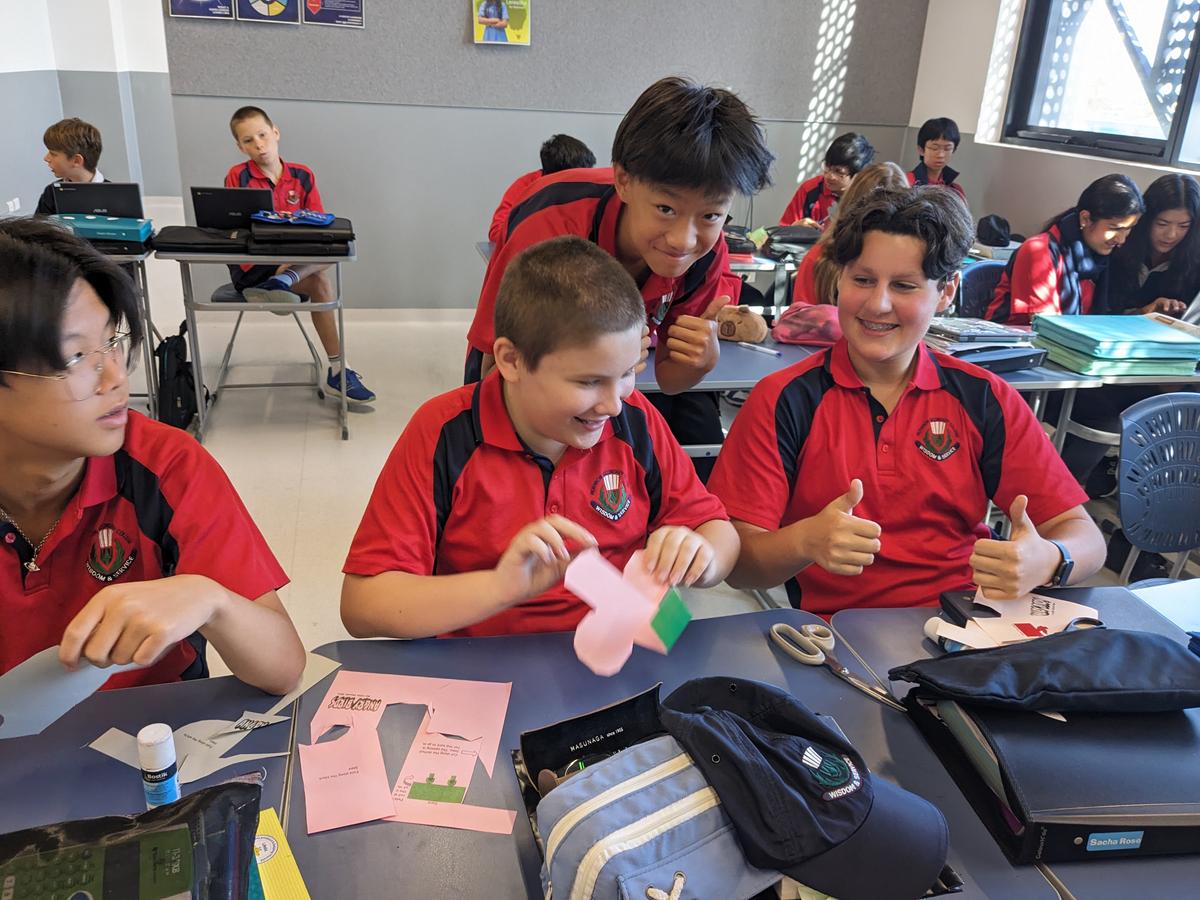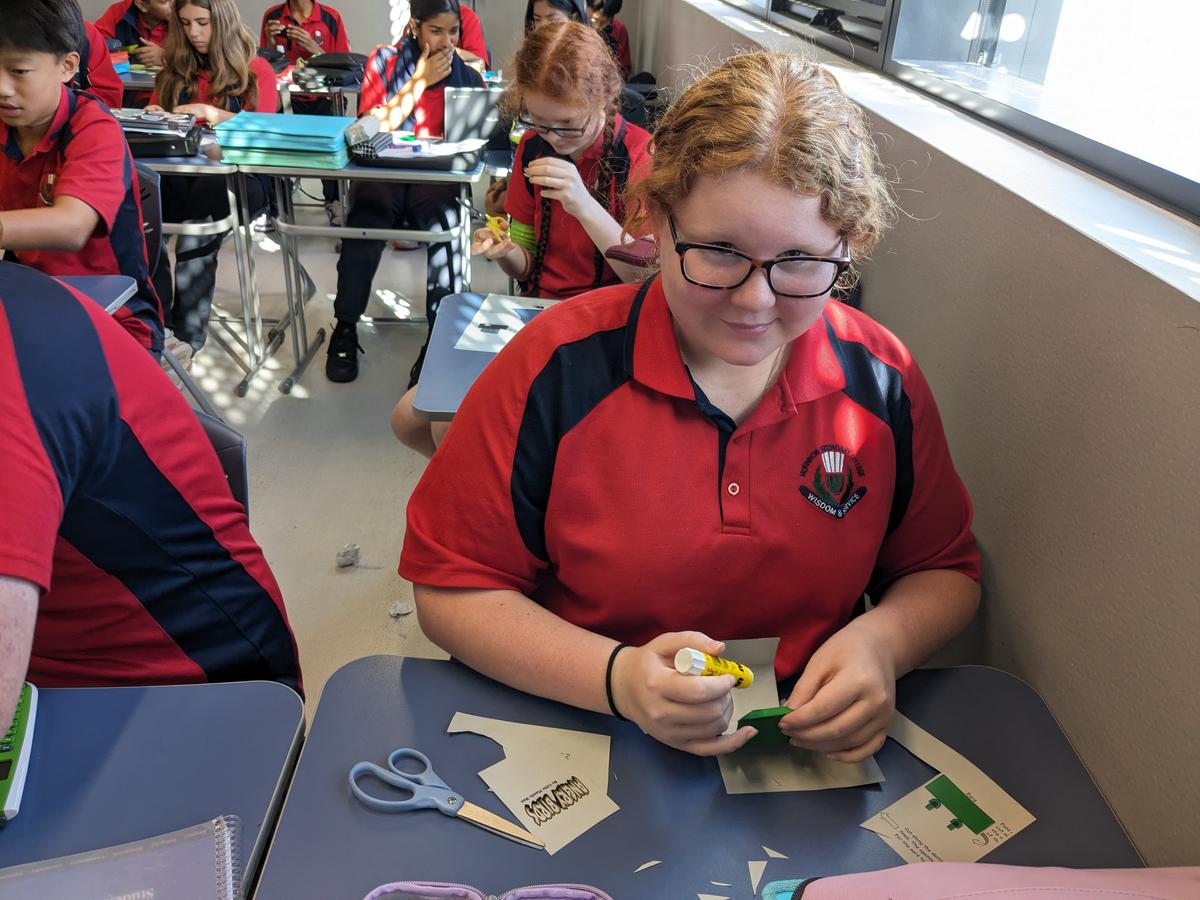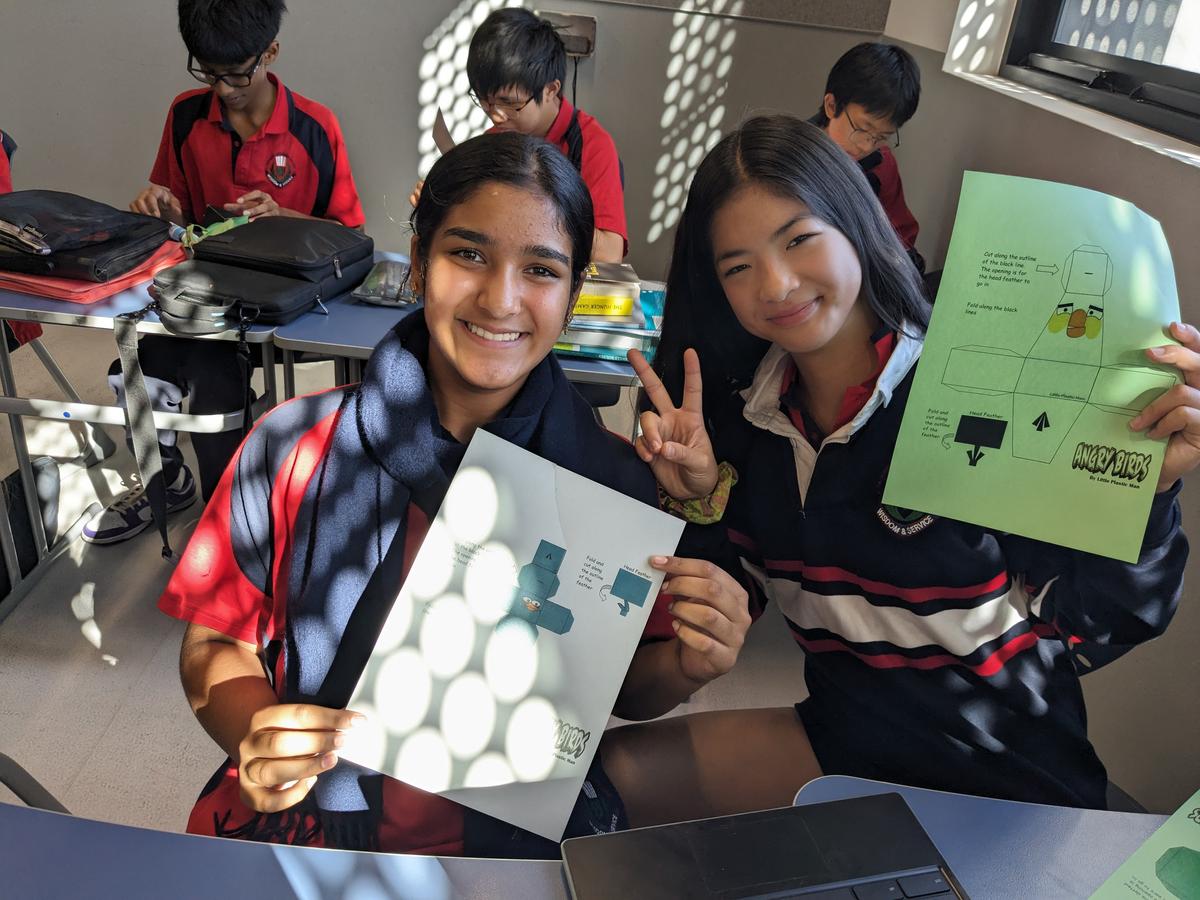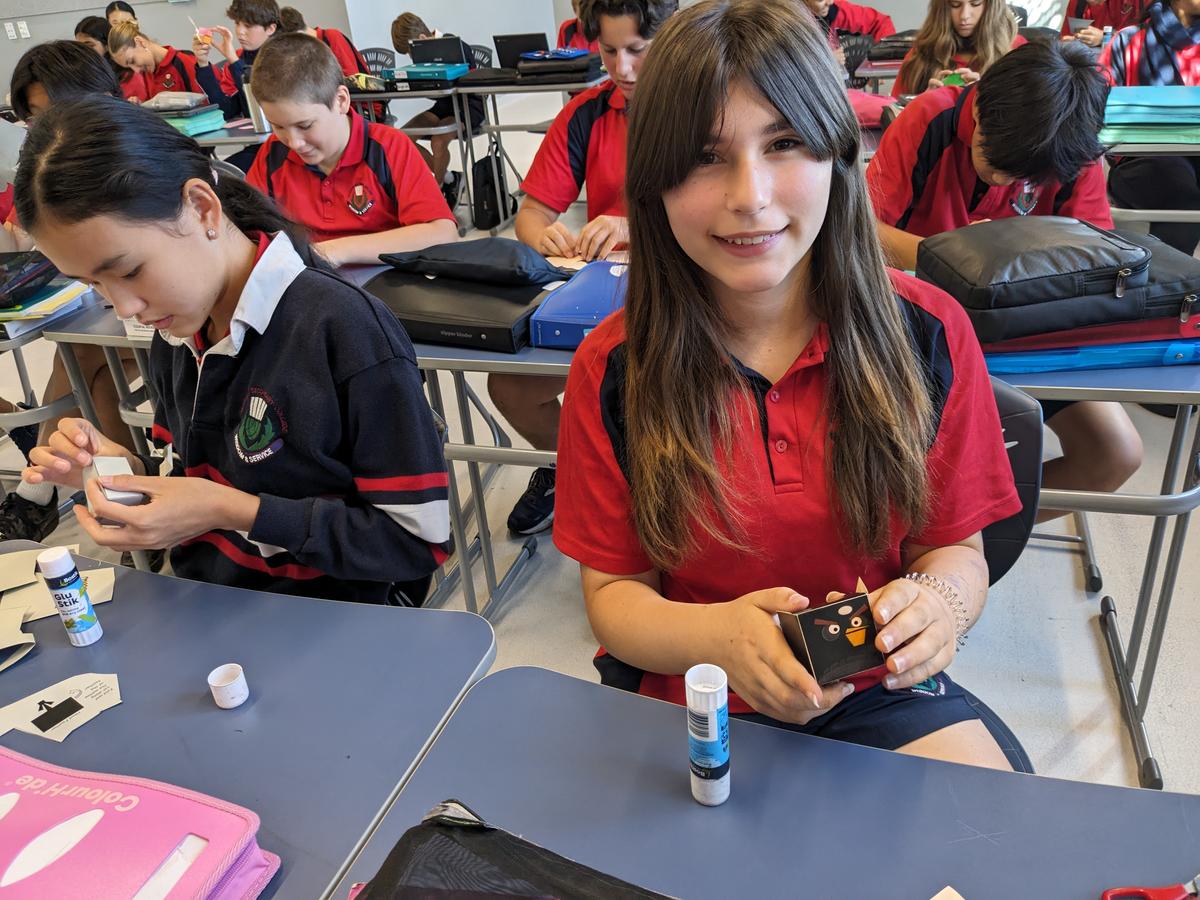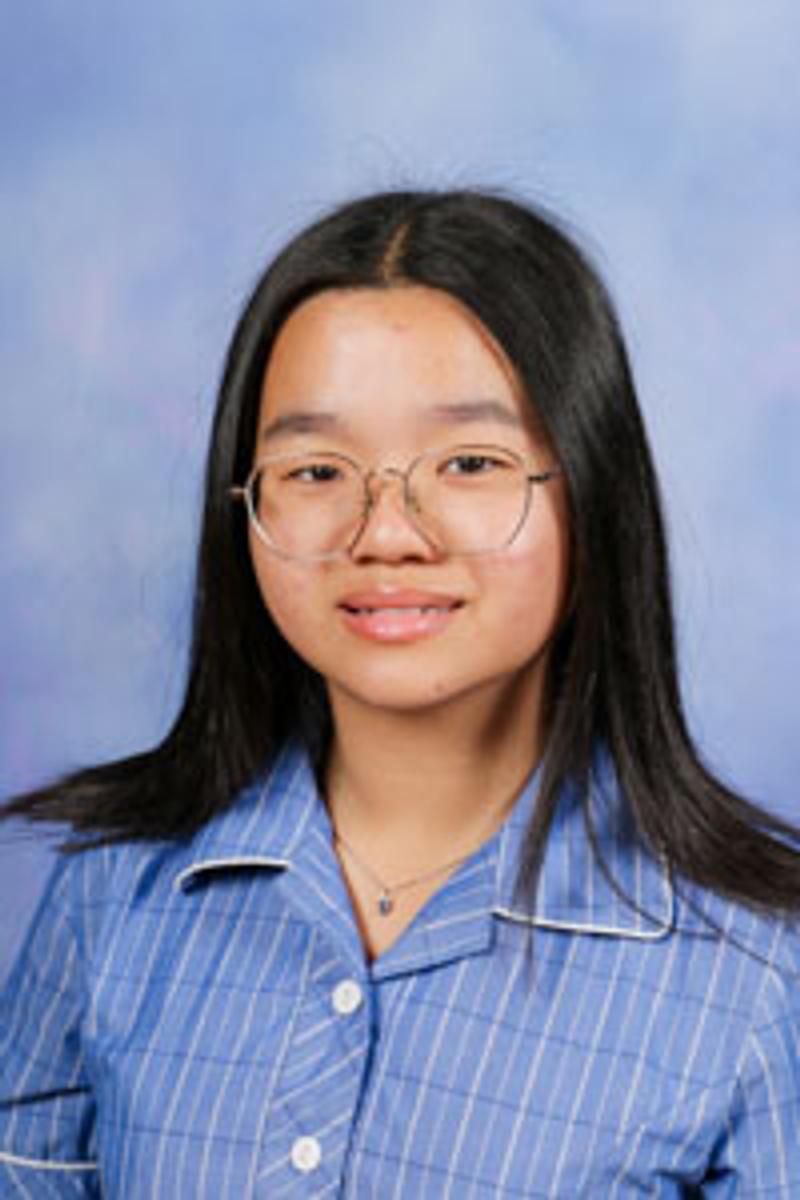MATHS
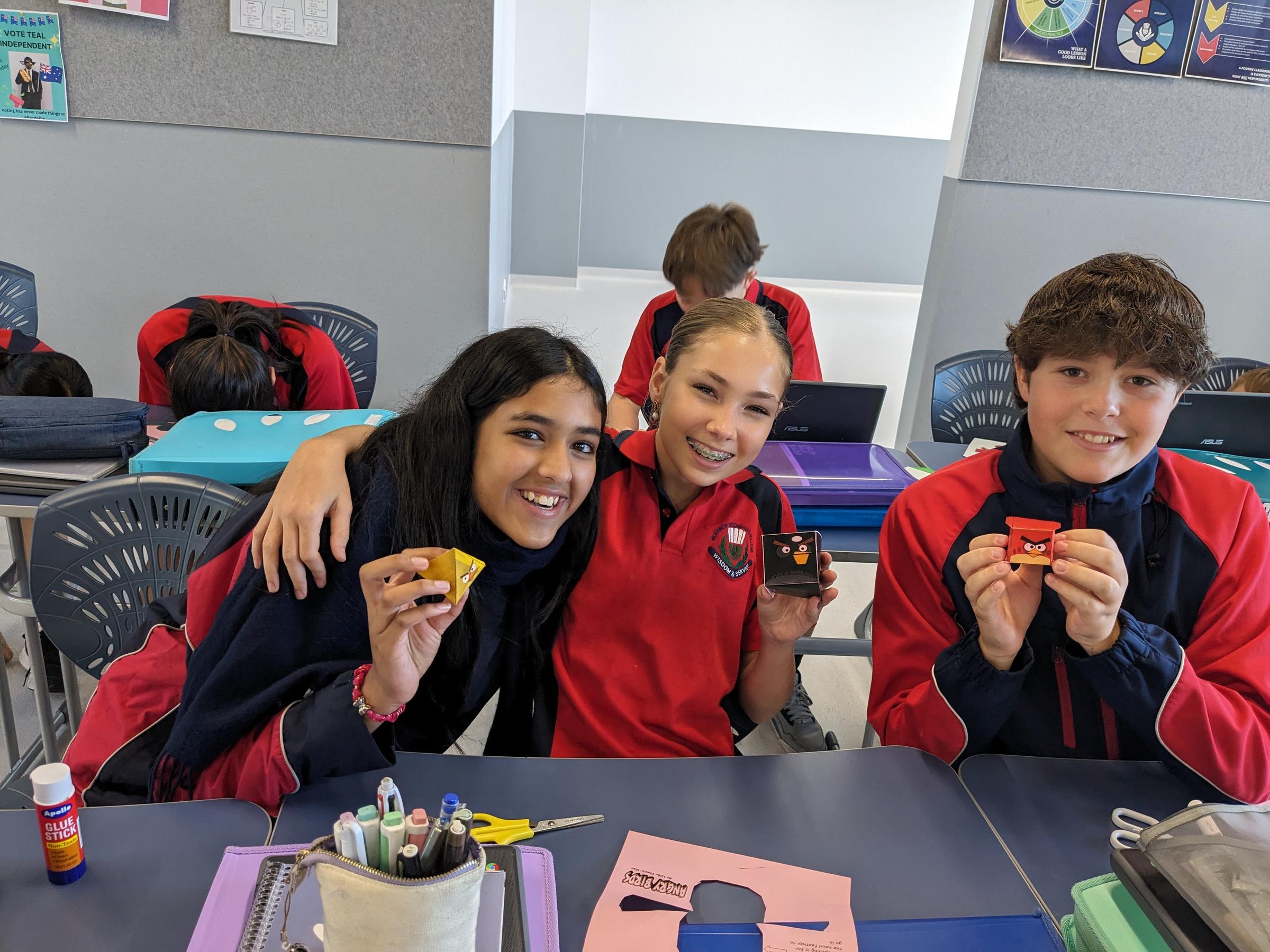
MEASUREMENT ACTIVITIES
Geometry Exploration: Unveiling 3D Paper Shapes Through Hands-on Learning.
Greetings! Let's delve into the realm of geometry with an exciting twist - 3D paper shapes! Who says maths can't be enjoyable? Our journey began with the simple tool of paper, which we transformed into a variety of geometric wonders. From rectangular prisms to cubes, triangular prisms, and even trapezoidal prisms, each fold and cut brought a new dimension to our learning experience.
Following the creation of our paper marvels, we engaged our geometric skills to calculate their surface area and volume. Armed with rulers and glue, we dived into measurements and computations, truly immersing ourselves in the process. These activities weren't just about shapes and measurements; they improved our problem-solving abilities and fostered critical thinking. Abstract concepts materialized before our eyes, and our mathematical skills found practical application in the physical realm. Who could have imagined that maths could be this exciting?
So, if you ever find yourself in need of a geometry boost, grab some paper, and let your imagination soar. You'll be surprised at how much fun you can have while exploring the world of geometry!
Helen Angelis and Alice Briedahl
Year 8 Maths Teachers
The geometry nets activity turned out to be a blast, especially with the addition of Angry Birds characters! Seeing everyone smiling and laughing made it clear that we were all having a great time. This hands-on experience was part of our measurement project and it really helped us understand how to find the total surface area of shapes. Exploring these concepts in such a fun and engaging way not only made learning enjoyable but also ensured that we grasped the knowledge and information thoroughly. It's amazing how something as simple as geometry nets can make maths so much fun!
Itay Volnerman, Year 8
In the lively math class, we dove into a fun activity - making cubes out of flat paper nets. Using scissors and glue, we carefully cut out shapes and folded them just right. We were able to explore important math ideas. By putting these nets together, we were able to learn about the parts of a cube - it’s sides, edges, and corners. As the cubes assembled, we could uncover cool maths stuff like how to find the cube's surface area and volume. Through this hands-on experience, math becomes more than numbers; it becomes something we can visualise and understand in a whole new way.
Caitlin Pang, Year 8
